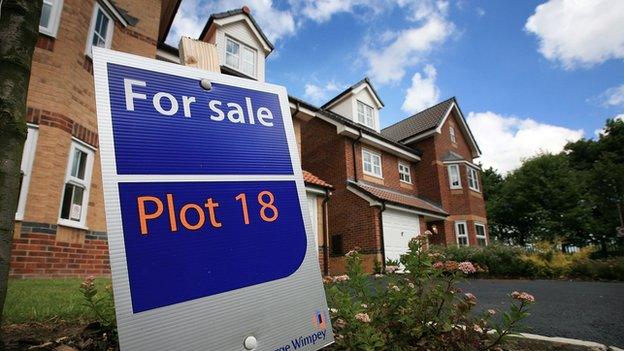Gulf between parties on deficit reduction
- Published
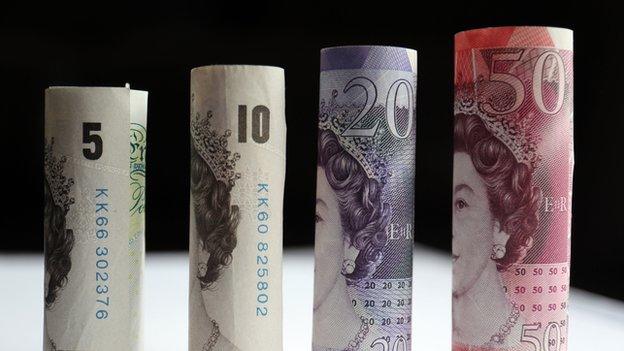
The election is just nine weeks away. The parties' fiscal plans look set to be a key issue with the Conservative and Labour proposals being the furthest apart in a generation.
With the Conservatives, Labour and the Liberal Democrats all committed to further fiscal tightening (public spending cuts or tax rises) after 2015, the politics of deficit reduction will continue to run into the next parliament.
But the extent of fiscal tightening "required", i.e. how much pain there will actually be between 2015 and 2020, will depend on two factors.
One of them is a political choice that we will hear a lot about in the next few weeks and the other is an economic factor which will probably be absent from the debate. That's a great shame, as the economics in this case could very well be more important than the politics.
Starting with the politics, the first determinant of how much fiscal pain will come after 2015 is the choice of fiscal target. The Conservatives want to eliminate the entire government deficit and run a small surplus - they want tax revenues to be higher than spending so the stock of national debt is paid down.
Achieving that would require spending cuts or tax rises worth between 4.3% and 5.3% of GDP (national income), depending how large a surplus was desired.
Labour, by contrast, only wants to balance the current budget (everyday government spending excluding capital investment). That means that under their plans the government would still be borrowing in the late 2010s to make investments. Labour's looser plans imply spending cuts or tax rises of 3.0%.
It might not sound like much, but a difference of 4.3-5.3% of GDP versus 3.0% of GDP is a very big difference indeed. In fact it's a difference of around £20-40bn.
Labour argue that borrowing for capital investment is a sensible strategy, especially when the cost of government borrowing is near record lows.
They say a government that can borrow cheaply and invest the proceeds in projects that will support future growth should do. As the economy grows then the ratio of government debt to GDP can fall, even if the government is still borrowing, as long as GDP grows faster than government debt.
By contrast the Conservatives argue that Britain already has a very high stock of government debt, currently around 80%.
A Treasury projection in last year's Budget, external showed that with a balanced current budget (Labour's plan) that would fall to around 60% by the mid-2030s. But a 1% of GDP surplus would reduce it to around 30% over the same time period.
Allowing for the possibility of negative economic shocks, a balanced current budget would yield a debt-to-GDP ratio of 75% in the mid-2030s, but a 1% surplus would reduce that to under 50%.
That's the political choice faced by the electorate - go for balancing the current budget or go for overall balance and a surplus.
But there is an economic factor sitting behind all of this - productivity growth.
Since 2008 the UK's productivity growth has been historically weak, rather than growing (which is the norm) the amount of economic output produced per hour has stagnated.
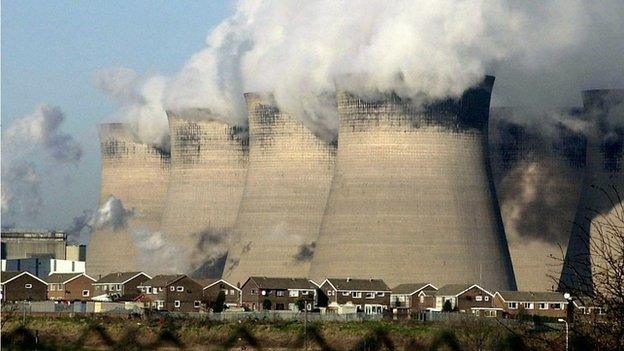
Industrial productivity will be key to the nation's finances
That stagnant productivity has meant that unemployment has been lower than it otherwise would have been. But it has also meant that wage growth has been weak. It's also had a huge impact on the public finances.
But it also considered two alternative scenarios - a weak productivity scenario in which productivity continued to flat line and a strong productivity scenario in which it rapidly bounced back.
In their central projection, the OBR estimate GDP growth will be around 2.3% a year in the next parliament. In the event of stronger productivity growth that rises to 4% by 2016. In the weak productivity scenario, growth is closer to 1% for the next half decade.
Stronger productivity growth would allow more room for wage rises which would lead to higher tax revenues, weaker productivity growth would mean the opposite.
This could have a potentially huge impact on the public finances, Under their central projection - the baseline against which political plans are measured - the government would be a running a surplus of 1% of GDP in 2019/20. Under the strong productivity scenario, that surplus is 4.4% of GDP.
Under the weak productivity, the government would still be running a deficit of 2.0% of GDP.
Those outcomes, everything from a surplus of 4.4% to a deficit of 2.0%, are all based on the same amount of fiscal tightening.
The differences between the productivity scenarios in terms of borrowing are far larger than the differences between the parties' plans.
There is a political choice as to which fiscal target to aim for, but how difficult that target is to hit - and how much pain it implies - will depend on the underlying performance of the economy and productivity.
- Published5 March 2015
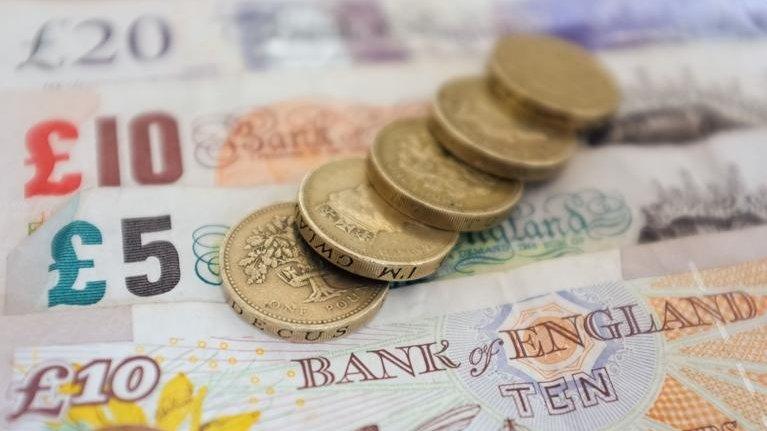
- Published24 February 2015
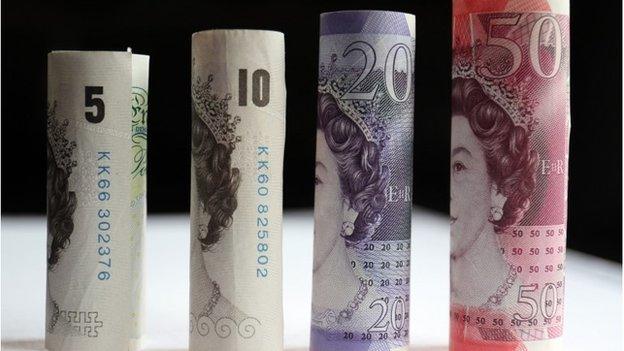
- Published3 March 2015
